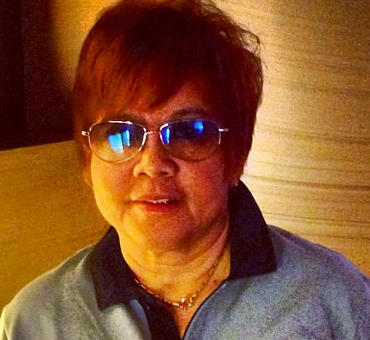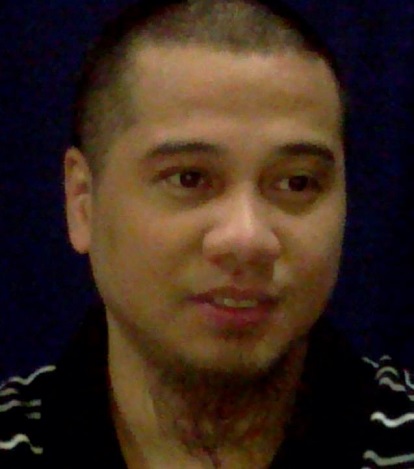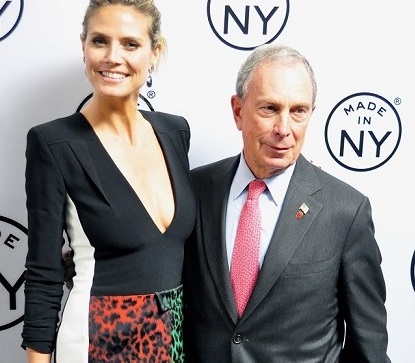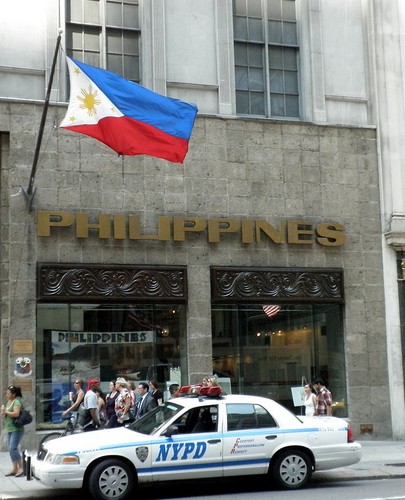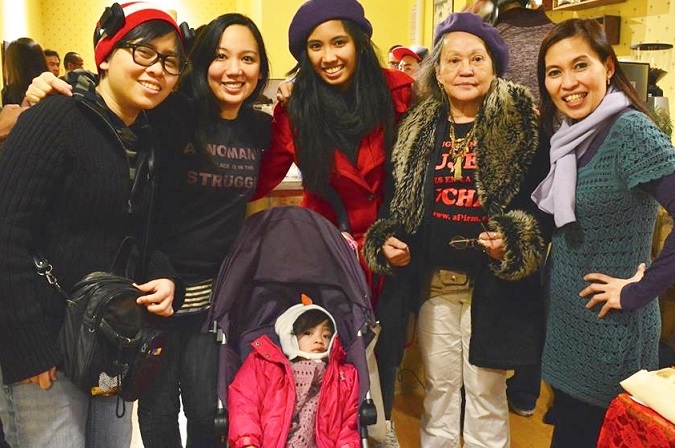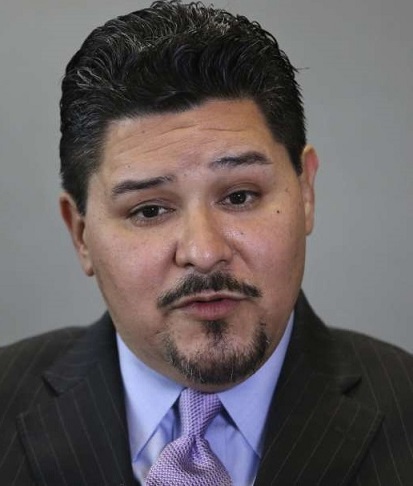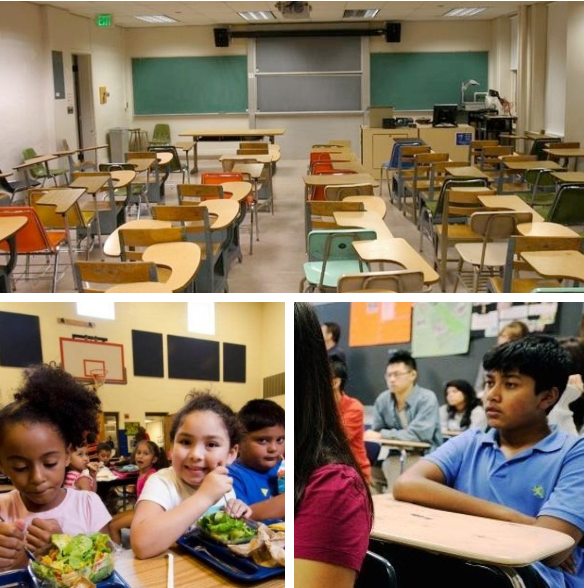Chancellor Richard Carranza: ‘Students don’t want schools to look like prisons.’
By Rene PastorSchools Chancellor Richard Carranza believes all NYC students should have access to the public school system, especially those who do not enjoy the benefit of wealth and private tutoring.
“Integration is the law of the land,” said Carranza, the son of a Mexican sheet metal worker and a hairdresser. “As Chancellor of schools, that will not disappear from the radar.”
In a round-table forum with the community and ethnic media, he said diversity in the public school system is a necessary conversation although not an easy one to have.
The issue of diversity and integration is “fraught with landmines,” he said, but stressed, “it’s something we have to talk about.”
Integration is a particularly sensitive topic, especially after a study found that 40 percent of New York kindergartners do not attend the area school they are assigned to. Many flock to schools that perform better on test scores, leaving marginalized some schools whose students come from lower-income neighborhoods. Some parents have expressed concern about the campaign to ensure diversity and integration of schools.
The Department of Education says the NYC school district is the largest in the United States, serving 1.1 million students in more than 1,800 schools.
In a city where 40 percent of residents come from somewhere else, it is “just implausible” that the issue of diversity not come up, he said.
Carranza said he is also committed to make immigrant communities, already feeling a sense of siege from the hostile policies of the Trump administration, “feel safe and protected” in the school system.
New York is a sanctuary city that has laws in place which defy the federal government by protecting undocumented immigrants accused of low-level nonviolent offenses from being turned over to U.S. immigration authorities. Other cities like Chicago and Los Angeles have declared themselves as sanctuary cities.
Low-income neighborhoods already face “stressors that come with living in the city,” Carranza explained. Those stressors include homelessness, intra-generational poverty and drug addiction, issues that can make life an ordeal for students where survival is sometimes more important than attending classes.
Calls for increased security measures, like metal detectors or attack dogs to protect city schools and prevent another shooting as what happened in Parkland, Florida, is probably not top of mind for the Department of Education. He said students across the five boroughs were nearly unanimous in telling him: “They do not want their schools to look like prisons.”
The Department of Education already coordinates closely with the New York Police Department for security in and around schools.
“We want to be smart, we want to be safe,” the school chancellor said.
The city would also consider one of the top complaints by students – the food they eat in cafeterias around the city. They may do a taste of school lunches and just “maybe modify our menus.”
Carranza also found fault with the almost single-minded obsession on tests, saying “sorting students by a single test is not (the best way) to identify talent.” He pledged that more meetings with communities around New York will be held and added with a slight smile that intractable issues that make some parents uncomfortable will need to be tackled.
“Sometimes, I have to call things out,” he said.
Carranza grew up Tucson, Arizona. His grandparents were immigrants from Mexico, and his parents never attended college.
“(My parents) knew that the path forward for my twin brother and me included an education. They wanted more for their children—a college degree and meaningful work. I know that you also want the same opportunities for your children,” he said in his Letter to Families issued April 9.
An educator of nearly 30 years, he began teaching in the same public high school, he attended in Tucson. He taught bilingual social studies and music, and later became a high school principal. He then went on to be a regional superintendent in Las Vegas, and a superintendent in San Francisco, and most recently, in Houston.
© The FilAm 2018




